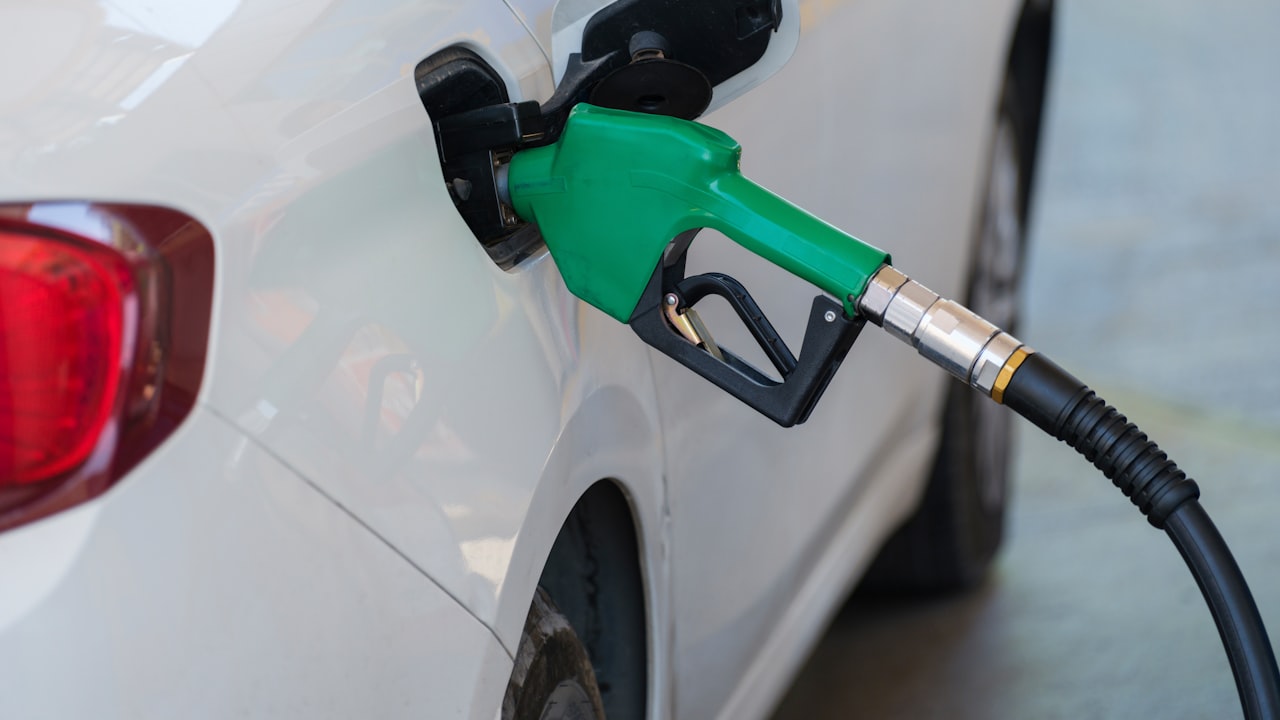A fuel pump is a machine in internal combustion engines that allows gas movement from a gas tank to a vehicle's engine. With a high flow fuel pump, fuel flows with high pressure to the combustion engine. The operating principle of a fuel pump is entirely straightforward. Most vehicles' internal combustion chambers have extremely compressed air during combustion. Therefore, the fuel pump must operate at a higher pressure than the compressed air in the chamber to deliver the gas for ignition.
How a Fuel Pump Operates
A high-flow fuel pump comes with different parts that serve other functions. To fully understand the operating principle of a fuel pump, one must know all its details and how they operate. The central part of a fuel pump is a plunger. It performs most tasks intending to deliver gas to the engine.
The process
A fuel pump's plunger operates with the help of a tappet and a cam, usually at the bottom of the pump. The number of plungers available depends on the total sum of cylinders in a vehicle's engine. A plunger contains a vertical groove with a rectangle shape and corresponds to the barrel. The fuel pump also has a delivery valve, with pressure lower than the fuel against the spring lifted to deliver fuel to the injector. At this point, the plunger must be under its stoke, and the spill and the delivery port must have a cover. That allows fuel to flow through the barrel.
At this point, the movement of the fuel pump's cam pushes the plunger allowing closure of the two parts. When the plunger moves again, it enhances the compression of the fuel above, lifting the delivery valve again. That allows further delivery of gas to the injector. The movement of the plunger continues further, allowing it to rise until the helical groove can attach the spill port to the fuel above the plunger with the aid of the vertical groove.
The pressure drops with force at the spring, and the delivery valve moves back to the seat. The drop in pressure in the delivery channel allows nozzle discharge to stop. This process repeats many times afresh. A fuel pump rack is attached to the accelerator. The movement of the rack allows the gear quadrant to rotate, thus leading to the rotation of the plunger
Indicators of fuel pump faultiness
It must not be good if the fuel pump does not operate in the above process. There are different ways in which one can determine whether the fuel pump is bad or not. Here are signs that your pump is faulty.
- There is difficulty in starting the car
- There is noise in the gas tank
- Reduced fuel output over input
- Sudden engine stalling
- The pressure gauges do not function
- The gas mileage minimizes
Conclusion
The above signs may result from other issues in the vehicle other than the fuel pump. However, if no other part of the vehicle is faulty and one still experiences these issues, the fuel pump might be bad. A defective fuel pump leads to the failure of a car's engine. With the correct information about the operating principle of a fuel pump, a user can quickly determine when the pump does not operate as it should.


